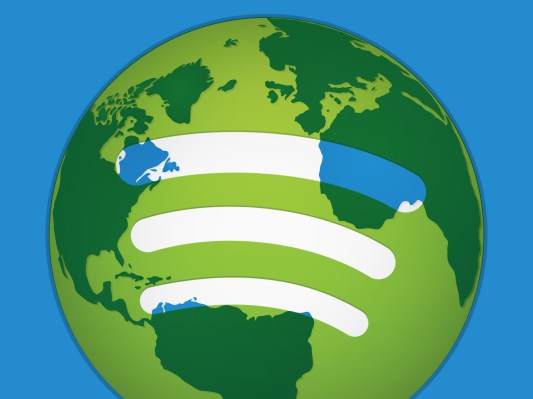Music streaming startup Spotify is shutting down its peer-to-peer network that powered a significant part of the service in the desktop app. According to TorrentFreak, the company doesn’t need to use peer-to-peer anymore as it has enough servers spread around the world.
As a reminder, the mobile app and the web interface never used the peer-to-peer technology. But this is a significant move as taking advantage of peer-to-peer was one of the company’s key strengths to stay lean in its early days.
The company often talked about this feature during tech meetups. You can find an online presentation and multiple research papers on the subject.
When you stream a song on your desktop, Spotify stores an encrypted version of the song on your hard drive. When you play it again, it will play from your cache instead of downloading again from the network.
This is when the company took advantage of cached songs. Before today’s change, if you streamed a popular song for the first time, the client would download the song from other users, using peer-to-peer. All of this happened in the background, but it greatly contributed to making the overall user experience snappier.
Yet, now that the company has many servers, using peer-to-peer in addition to direct downloads actually adds a bit of overhead. Moreover, the company has to maintain the peer-to-peer code base, and update it with each new version.
A music streaming service is not as bandwidth intensive as video streaming services, such as Netflix or Hulu. Spotify’s main costs are by far royalty payments. In other words, getting rid of peer-to-peer is just a small technological move, but an interesting one for other media companies.
